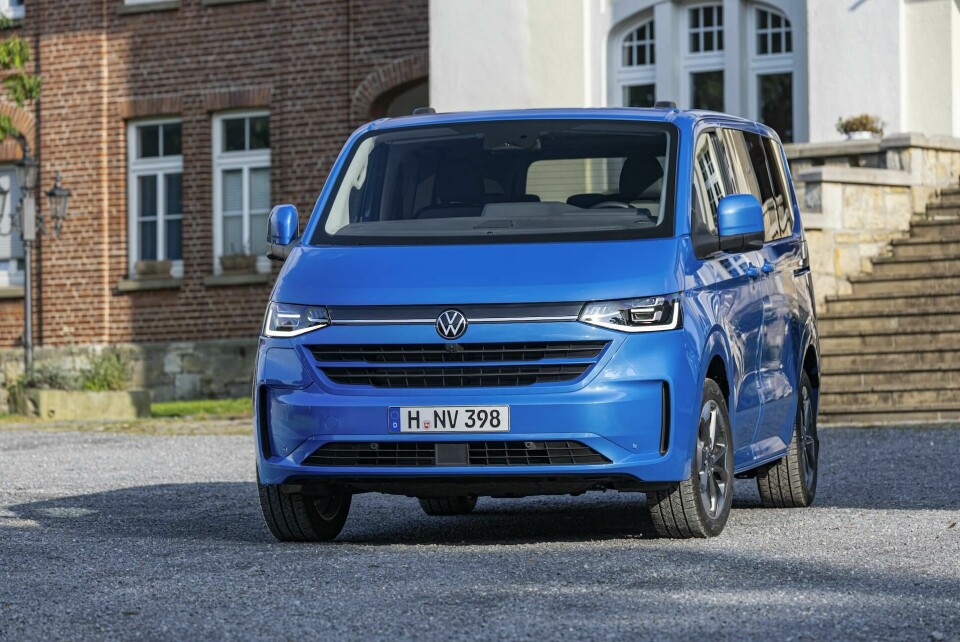
Stance, style and space: VWCV’s design boss on the new Transporter
Albert Kirzinger, head of design at VW Commercial Vehicles, gives a deep dive into the new seventh-generation Transporter
It’s always tough redesigning a success story. Even more so when there is 70 years of history behind it.
That is exactly the challenge that faced the Volkswagen Commercial Vehicles’ design team when it came to the new Transporter which, now in its seventh iteration, must serve a new generation of customers – from tradespeople to chauffeurs to emergency services. Internally, the team is seen as “the space company”, designing a vehicle that can haul goods as well as it can people: part work horse, part passenger car.
It might make sense then that, over time, the Transporter has become more car-like. To discuss all this and more, we sat down with Albert Kirzinger, head of design at VW Commercial Vehicles.
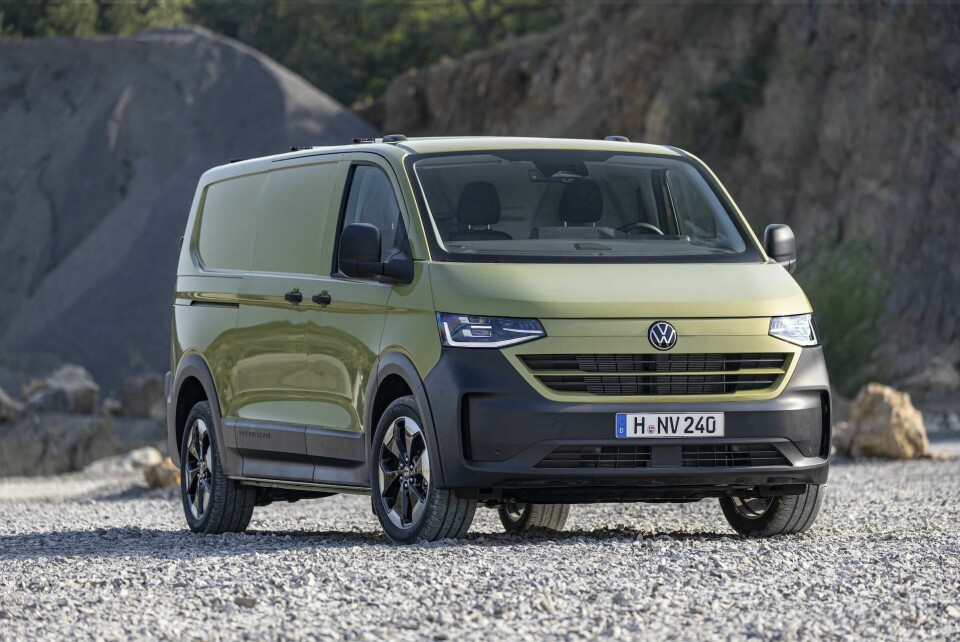
Car Design News: There was quite a build up ahead of the Transporter’s launch. How has the feedback been?
Albert Kirzinger: We have heard that we absolutely fulfilled expectations, and let me say, the expectations were really high because of that 70 years of history. One of the best bits of feedback I have had personally is that it is seen as a true Transporter on the road. The whole team is really pleased with what we’ve achieved.
CDN: Given the heritage behind this project, was there added pressure to get this right?
AK: Definitely. My team has been working on the Transporter for a pretty long time, and I personally started with the T4 which is quite precious within the company. There is a lot of pressure to do the right thing, to respect the great history of our core product, to lose nothing and to understand what made it so successful over the last seven decades. The philosophy behind each generation is to add value and every member of the team sees it as an honour on which to work.
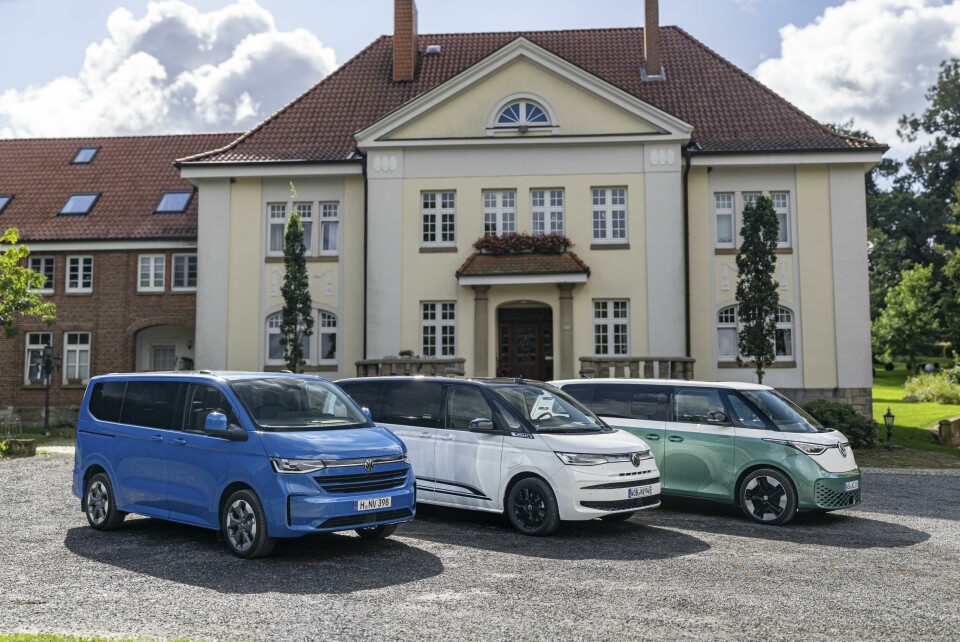
CDN: How do you find the balance between something familiar yet also fresh. Is it about finding elements to retain and others to evolve for the next generation?
AK: Certainly, but it is important to note that the new Transporter completes a trilogy of cars in this class: we have the seventh generation of the multivan California and of course the ID Buzz as an electromobility icon. We analysed every segment to find the perfect answers for each of those customer needs – which do overlap to a degree – but in general is it all about space.
We have to understand the user experience, the many different use cases they have. With the Transporter, we made sure to connect all the stylistic features of the prior generations, because it should feel familiar. At the same time, we wanted to connect the DNA of its other two siblings, ensuring that all three models are natural, clear and timless while heading to the future.
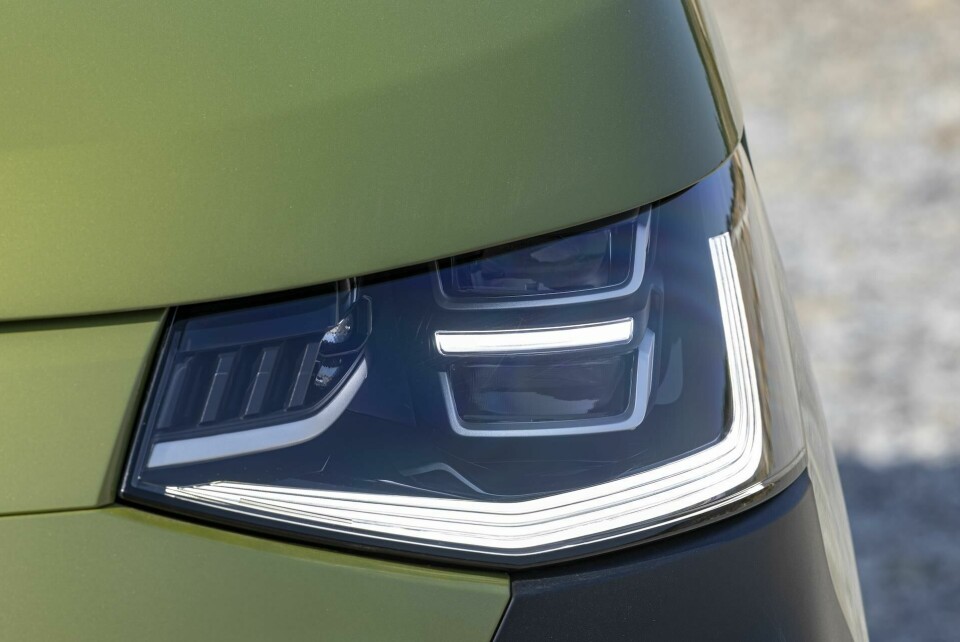
CDN: The light signature seems to be a point of difference between generations. What is the thinking there?
AK: The light signature is the main way of adding character to the front of the car. You can always recognise our cars from a distance because of this, particularly at night. Looking at the different generations together, for example the T6 and the T5, you can see that we really approach these signatures strategically. With headlights going 3D, we are now able emphasise the width and depth of the headlight. We have also made an effort to connect with the other cars of our lineup.
The light signature is precise, like a jewel that signifies quality
CDN: So you want to create a family feel?
AK: I would say so. You want it to be recognisable, and it’s all in the detail. The light signature is precise, like a jewel that signifies the quality it carries in that class – even if it is “only” a commercial vehicle.
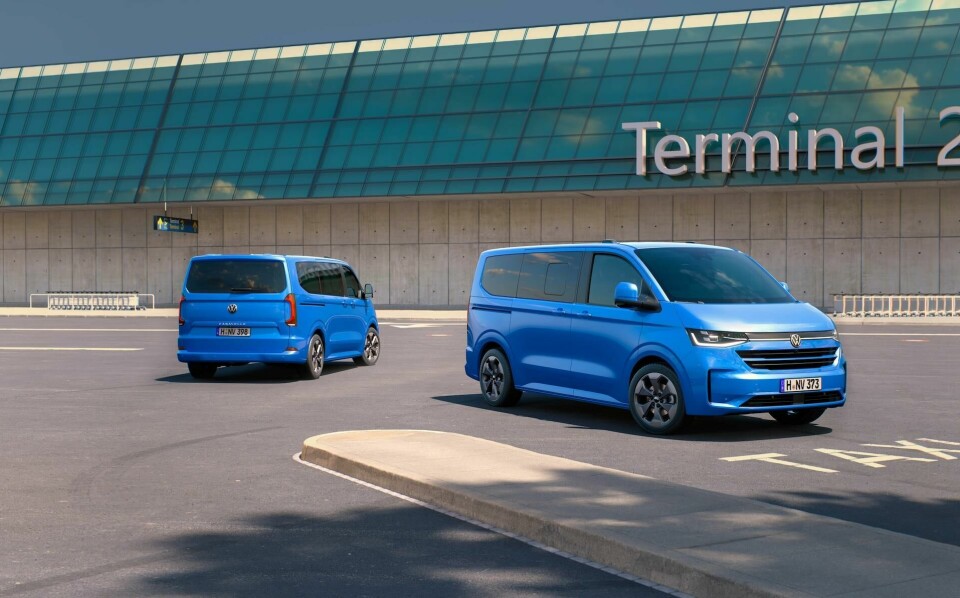
CDN: You don’t really want to mess with the silhouette of the Transporter too much, I suppose, so you need to look at other areas to play with.
AK: Exactly. Think about the shoulder line, which we actually refer to internally as the Bulli line. It’s so important for us as it connects various elements together: the rail of the sliding door, the face of the car, and even the proportions and feeling of space. It’s all connected to that line which runs around the car. In my eyes it is quite a modest way of creating nice proportions. We do not exaggerate the greenhouse, for example, and when you see it connecting with the light signature at the front, the overall design is approachable yet confident.
CDN: But at the same time it seems more muscular than previous generations, particularly with the flared arches and new wheel design. It’s far more car-like.
AK: That’s true. We wanted to craft some muscles around a sculptural body, and perhaps that’s the big difference for this generation. We wanted to give the customer some stance. The new alloy wheels give a level of power and proudness, whereas the standard steel wheel provides that “functional” or “robust” feel.
CDN: What kind of research goes into a product like this, because there are various applications, use cases and potential buyers. What sort of feedback do you try to attain and then bring forward into the redesign?
AK: With that question you are hitting the core of our ideology. It’s all about enabling people who are on a mission. It’s a deep foundation of our brand, to design a device, a tool. People earn money with our cars. So of course we do gain a deep knowledge of our different customer needs, from designing a Transporter to deliver parcels or to do a California that will allow people to go on vacation – or as we call it a “professional vacation” if you are using a Transporter. I’m also lucky that we have a really stable team, meaning that after many years we can always go into more depth about customer needs, use cases and so on. We’re looking at the future too, of course, analysing what could be and what we could offer.
CDN: Do you run specific focus groups for this?
AK: Totally. We recently introduced a new using testing process with design where we think together with our customers. There are so many different possibilities, especially with autonomous driving in future and also better addressing those with mobility challenges, giving them more space and improving accessibility to their cars. We see this process of exploration as an investment in future designs.
CDN: Have there been any memorable bits of customer feedback or ideas put forward by your team?
AK: Yes, for example how we can reuse things. Not only how to implement special devices that people need for their business, but how to reuse them beyond the car itself. We’re also looking at how to connect the physical space with the digital space, and this has been quite a fun exploration for us.












